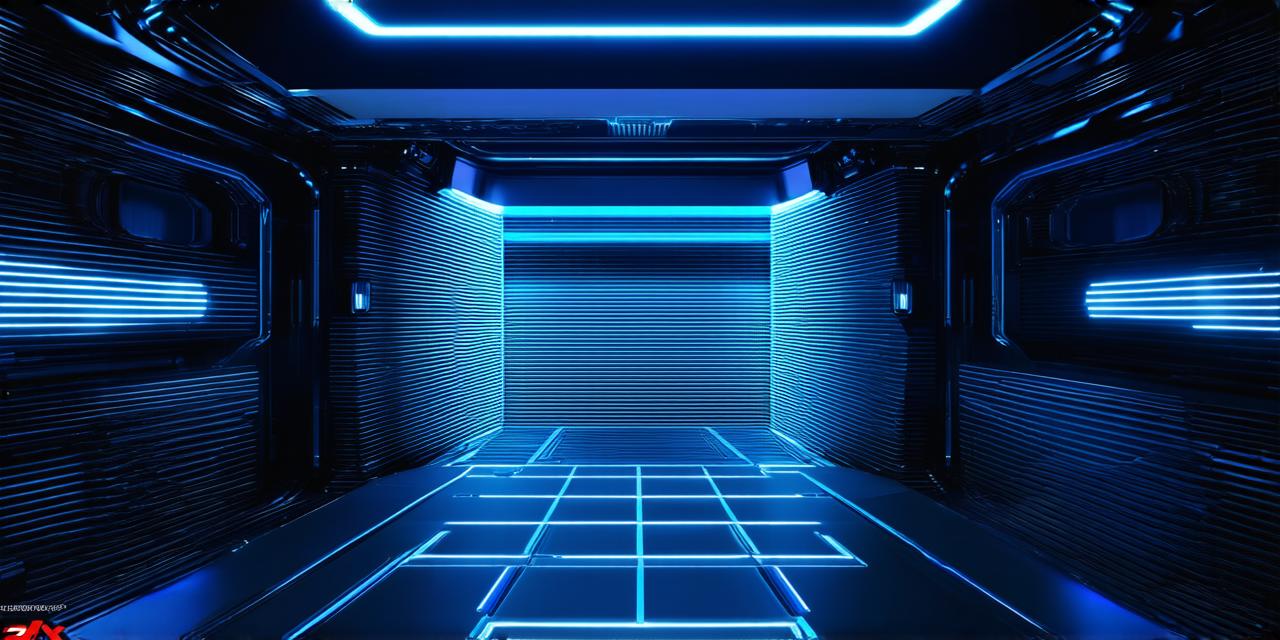Benefits of Using Unity as a 3D Animation Platform

- Ease of Use: Unity is designed to be easy to use, with an intuitive user interface and a large community of developers and users who can help you get started. It also offers a wide range of tutorials and resources to help you learn the platform and its various features.
- Versatility: Unity is capable of creating animations for a wide range of platforms, including mobile devices, consoles, and PCs. It also supports a variety of scripting languages, including C and JavaScript, making it easy to create custom animations and interactions.
- Performance: Unity is optimized for performance, with features like LOD (level of detail) and instancing that allow you to create complex scenes without sacrificing performance. It also supports advanced graphics techniques like shaders and post-processing effects, which can help bring your animations to life.
- Collaboration: Unity has built-in support for collaboration, with features like version control and real-time synchronization that allow you to work on the same project with multiple people. It also supports third-party tools like Git, which can help you manage code changes and updates.
Main Features and Capabilities of Unity as a 3D Animation Platform
- Assets: Unity has a powerful asset system that allows you to import and use a wide range of assets, including 3D models, textures, audio, and more. It also includes built-in tools for creating and editing assets, such as the Mesh Sculptor and the Texture Painter.
- Scripting: Unity supports several scripting languages, including C and JavaScript. It also has a powerful scripting engine that allows you to create custom animations and interactions using code. You can use the built-in MonoDevelop IDE or Visual Studio to write scripts for Unity.
- Animation: Unity includes a powerful animation system that allows you to create complex animations for your 3D models. It supports various animation techniques like keyframes, curves, and blend spaces, as well as advanced features like inverse kinematics and motion capture.
- Physics: Unity includes a robust physics engine that allows you to simulate real-world physical phenomena in your animations. It supports various physics engines like Havok and PhysX, as well as built-in features like rigidbodies, colliders, and constraints.
- Rendering: Unity supports a variety of rendering techniques, including forward rendering, deferred rendering, and real-time ray tracing. It also includes advanced graphics effects like shaders, post-processing, and lighting.
Summary
Unity is a powerful 3D animation platform that offers a wide range of features and capabilities for creating interactive games, animations, and simulations. Its ease of use, versatility, performance, and collaboration features make it an excellent choice for 3D animation projects of all sizes and complexity. If you’re looking for a powerful and flexible 3D animation platform, Unity is definitely worth considering.


